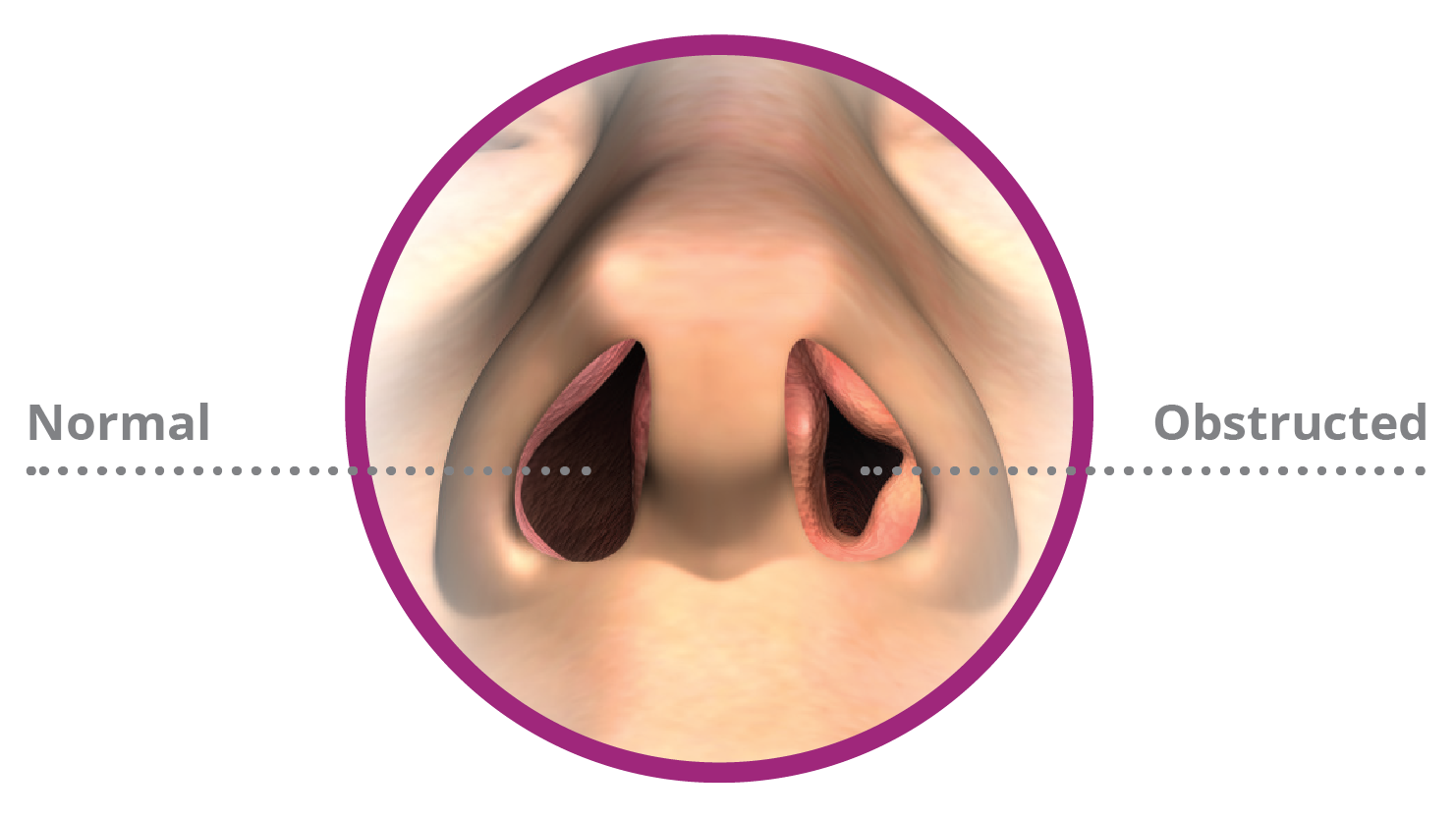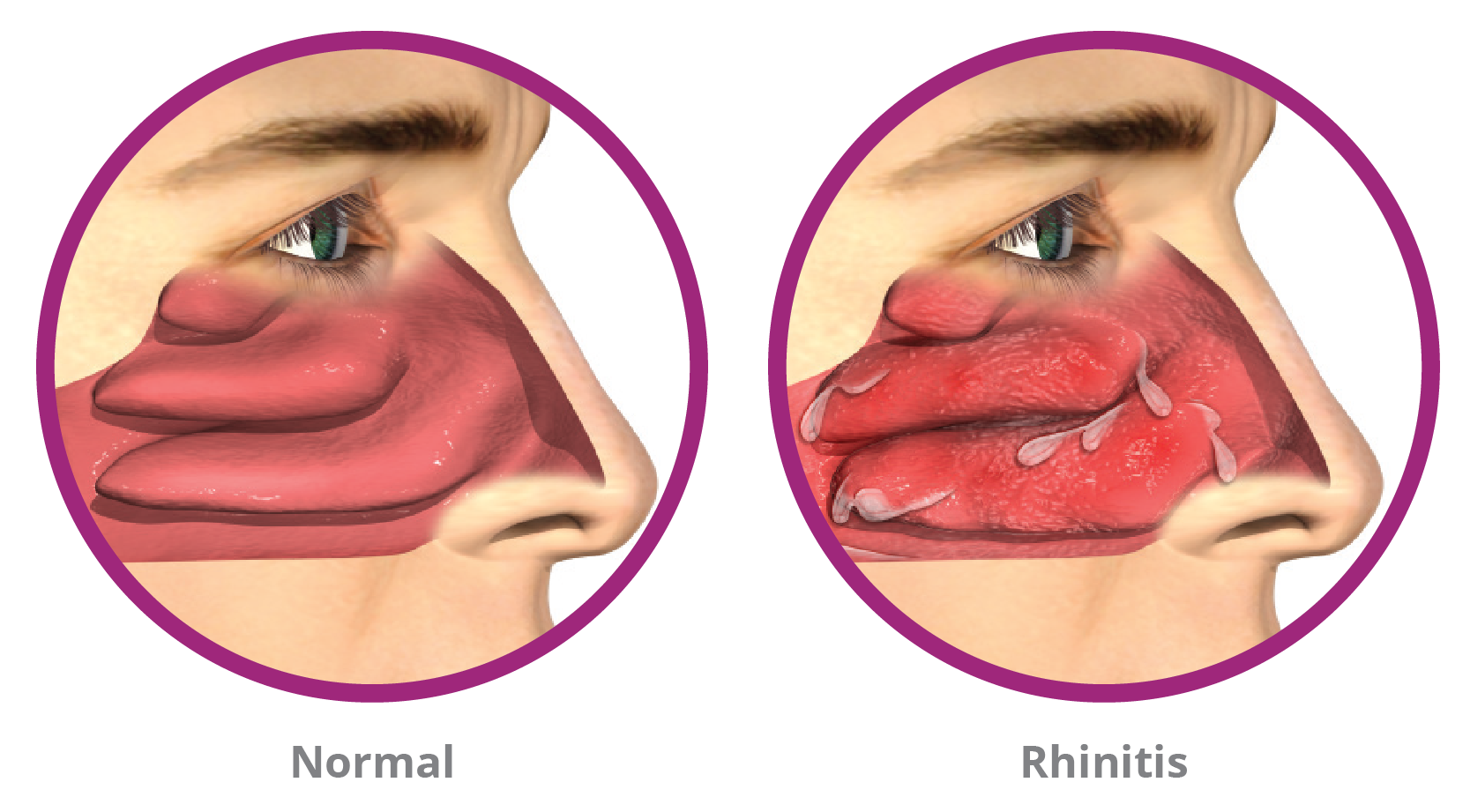Treatment for Nasal congestion & runny nose
Discover Lasting Relief from Nasal Obstruction with Non-Invasive VivAer® & RhinAer®Treatment.
VivAer®Treatment
Lasting relief is possible. If you regularly experience difficulty breathing through your nose and nothing seems to help, you may have nasal obstruction. Until now, finding a long-term solution often meant surgery. Now, Dr. Schleimer can offer you lasting relief by performing a non-invasive VivAer treatment to open your nasal airway.
Non- Invasive
quick & lasting relief
minimal downtime
improved quality of life
Nasal obstruction

RhinAer®Treatment
Chronic Rhinitis symptoms may be caused by abnormal signals in the nose. Lasting relief is possible. Dr. Schleimer now offers RhinAer to disrupt these signals and provide lasting relief. In a clinical study, patients treated with RhinAer experienced significant relief from chronic rhinitis symptoms.
long lasting symptom relief
minimally invasive
minimal downtime
immediate improvement
rhinitis (runny nose)

If you suffer from nasal congestion or a runny nose and have not found relief with medication or other treatments, we can help you find the right treatment for you. Consult with Dr. David Schleimer, an experienced otolaryngologist to determine if the VivAer® or RhinAer® procedure is right for you.
